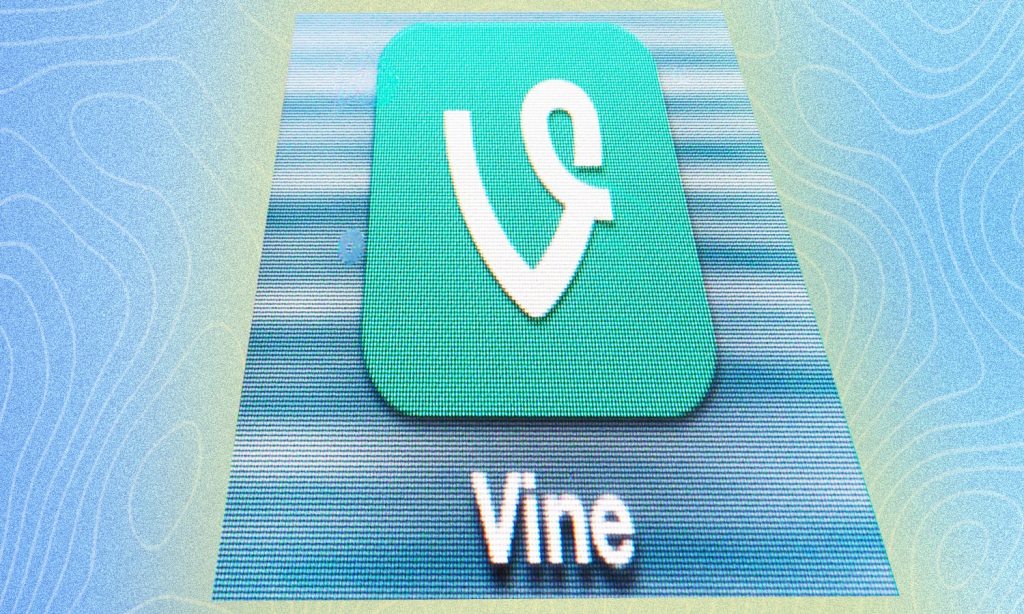If you can’t help but mumble ‘free-shay avo-ka-doos’ when walking down the vegetable aisle, or point at some ducks and say ‘look at all those chickens’, congratulations, you’re an aging millennial. Remember to be kind to your knees.
Vine was a flash in the pan as far as social media companies go, but its lasting indent on the cultural zeitgeist is unparalleled. For the length of time we spent on it before its abrupt closure in 2016, the bizarre, six-second videos are seared surprisingly deeply into our pre-frontal cortex.
Because it punched well above its weight in terms of cultural impact and relentless meme generation, it came as something of a shock that Twitter, who purchased the company in 2012, chose to shut the brand down.
Even now, Vine compilations geared towards feeding its former audience’s jaded, internet-fried attention span, still garner millions of views on YouTube. Despite the rise of TikTok, Instagram Reels, and YouTube Shorts, nothing can quite replicate the magic of the creatively-restricted platform.
So, it was with excitement and a not-unhealthy dose of trepidation that the internet received the news that Elon Musk may well resurrect Vine.
Asking his followers in a poll whether or not he should bring the service back, some 69.5% of the 4.6 million people who responded said yes.
Bring back Vine?
— Elon Musk (@elonmusk) October 31, 2022
Now, this might just be another step in the mad saga of rich people buying cultural sway they definitely shouldn’t have, but it seems Musk is serious about the attempt. According to reports from Axios, the new Twitter boss has already instructed engineers at the company to work on rebooting Vine.
One source told Axios that the platform would “need a lot of work” to get it up to scratch, but that it could possibly be up and running by the end of the year.
So, why exactly did Vine close in the first place and would Musk bringing it out of retirement actually work? Here’s what you need to know.
Why Was Vine Shut Down?
Vine’s short but beautiful life spanned 2012 to 2016. In that four-year period, 39 million videos were uploaded by some 200 million monthly active users. At its peak, a billion videos were being watched every day. Granted, those videos were just six seconds long, but still, that’s a lot of content.
Many of today’s internet stars got their start on the platform, including Jake and Logan Paul, Lele Pons, David Dobrik and even Shawn Mendes.
However, the platform suffered from its inability to protect its IP. Instagram, already much larger than the company, started Instagram Videos in response to the popularity of the app while advertisers slowly moved onto more monetisable platforms. In short, Vine didn’t have the longevity or the business plan in place to make it a true staple of the internet.
However, business concerns aside, it’s possible the company could have survived if it had simply paid its creators for the work they were making.
In the spring of 2015, 20 of Vine’s top content creators banded together in a meeting room in the company’s headquarters. Their proposal: pay us all US $1.2 million, update product offerings and we’ll give you three pieces of content a week. In theory, the plan could have turned the tide of the already flailing app.
Vine said no, the creators took their content elsewhere, and a year later, the platform was dead.
“We were driving billions of views — billions — before we left,” Vine star DeStorm Power told Insider in 2016.
“The word Vine became shorthand for short sketch-comedy videos. We did that. Vine didn’t do that. We changed culture by making videos on this six-second app. It’s sad the way it went down, but nobody is upset, bitter or angry. Everyone moved on to other platforms.”
Could Twitter Actually Bring Back Vine?
In a response to his poll, Mr Beast, one of the world’s biggest YouTube and online content stars, wrote that “If you did that and actually competed with tik tok that’d be hilarious.”
Musk, in response, asked him what Vine could do to make the platform “better than TikTok?”
Mr Beast identified the original problem with Vine as the one that needed fixing the most: it needs to be hard for other services to replicate.
“No one is original anymore, whatever you do will be on every other platform the next month unless it has a deep moat,” he wrote. “Whatever u do make it hard to copy or it’s a waste of time IMO.”
With TikTok and other services already light-years ahead of Vine’s video editing services, content moderation, and inter-platform usability, it would be hard to see how Vine could return without fundamentally altering what it once was. Indeed, these changes are exactly what the content creators demanded Vine bring in during their meeting with the company.
Over the years, there have been several attempts to recreate the app, including by one of the platform’s co-founders with an app called Clash. None of them have so far taken off and there’s nothing to indicate that a revived Vine would do any better.
Musk certainly has the money and the lack of accountability to bring the platform back, doing so without updating the service would be an exercise in pure money-losing nostalgia only.
Related: As Elon Musk Logs on As Twitter’s New Boss, Many Are Logging Off for Good
Related: Fat Bear Week 2022 Has Come to a Close as the Internet Crowns Alaska’s Biggest Chonk
Read more stories from The Latch and subscribe to our email newsletter.

